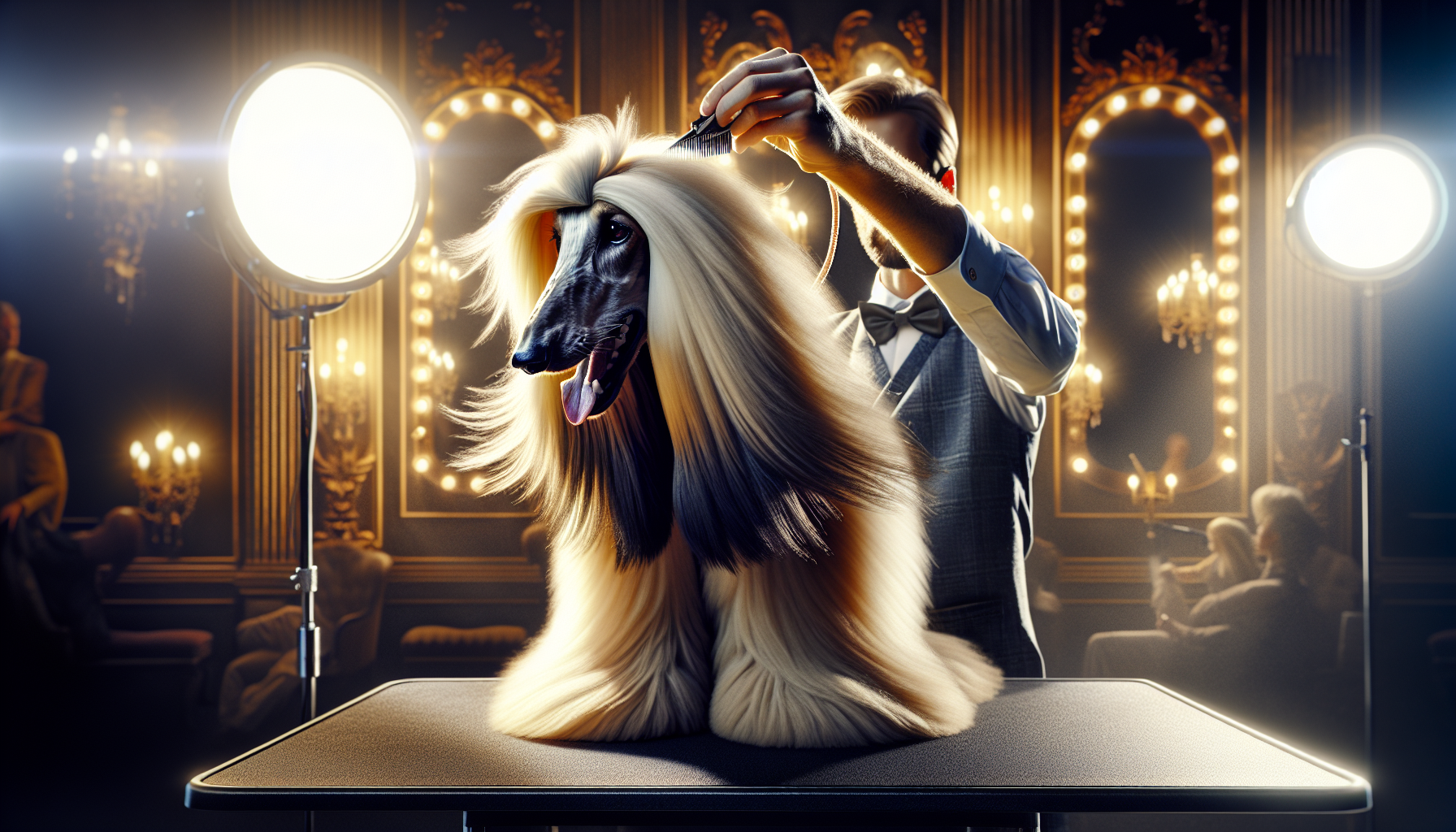The Dogue de Bordeaux, also known as the French Mastiff or Bordeaux Dog, is a large and powerful breed with a rich history dating back centuries. These impressive dogs are known for their massive heads, muscular bodies, and short, fine coats. While they may look intimidating, Dogues are actually gentle giants with a calm and affectionate nature, making them excellent family companions and loyal protectors.
What is a Dogue de Bordeaux?
Physical Characteristics of Dogue de Bordeaux
The Dogue de Bordeaux is a large, well-balanced breed with a short, fine coat that comes in solid colors such as fawn, mahogany, red, and isabella. They have a thick skin and a massive, trapezoid-shaped head with a broad skull, deep stop, and short, wide muzzle. Their eyes are oval and set well apart, ranging in color from hazel to dark brown. The ears are relatively small, slightly rounded at the tips, and hang along the cheeks.
Dogues have powerful, muscular bodies with deep, broad chests and well-sprung ribs. Their necks are thick and almost cylindrical, with a well-defined dewlap. The topline is slightly sloping from the withers to the broad back and short, broad loin. The tail is thick at the base, tapering to the tip, and carried low when relaxed. Males typically stand 23-26 inches tall and weigh at least 110 pounds, while females are slightly smaller at 22-25 inches and 99 pounds or more.
Temperament and Personality Traits
The Dogue de Bordeaux is a calm, alert, and courageous breed with a natural guarding instinct. They are devoted to their families and make excellent protectors, but their stubborn nature means they require consistent training and socialization from an early age. Dogues are affectionate and patient with children, but their large size means interactions should be supervised.
While they are not overly energetic, Dogues still need regular exercise to maintain their muscular physique and prevent obesity. They are sensitive to heat and do best as indoor dogs with access to a securely fenced yard. As with many large breeds, Dogues are not ideal for first-time dog owners due to their training needs and potential for stubbornness.
History of the Dogue de Bordeaux Breed
Possible Relation to Mastiff Breeds
The exact origins of the Dogue de Bordeaux are unclear, but it is believed to be an ancient breed with roots tracing back to the molossoid war dogs that accompanied Macedonian and Roman armies. These mastiff-type dogs were likely the ancestors of many modern mastiff breeds, including the Dogue de Bordeaux. The Alaunt Veutreres, a now-extinct breed described by a 14th-century writer, is considered a probable ancestor of the Dogue.
Over time, the Dogue de Bordeaux developed into a distinct breed in the Aquitaine region of France, where it was used for hunting, guarding, and even fighting. The breed’s powerful build and fearless nature made it well-suited for these roles, and it remained popular in France for centuries.
Breed Recognition and Popularity
The Dogue de Bordeaux gained international recognition in the late 20th century, with the breed being accepted by the United Kennel Club and the American Kennel Club in the 1990s and 2000s, respectively. The breed’s popularity in the United States was boosted by the 1989 movie “Turner and Hooch,” which starred Tom Hanks alongside a Dogue de Bordeaux.
Despite their increasing popularity, Dogues remain relatively rare compared to other large breeds. This is partly due to their specific care requirements and the need for experienced owners who can provide proper training and socialization.
Caring for a Dogue de Bordeaux
Exercise and Energy Levels
While Dogues are a relatively low-energy breed, they still require moderate exercise to maintain their health and prevent obesity. Daily walks and playtime in a securely fenced yard are usually sufficient to meet their needs. However, it’s important to avoid overexertion, especially in hot weather, as Dogues are sensitive to heat due to their short muzzles and thick skin.
As with many large breeds, Dogues are prone to joint issues such as hip dysplasia, so it’s important to monitor their weight and avoid excessive stress on their joints. Providing a soft, supportive bed and using ramps or stairs to help them access furniture can help minimize joint strain.
Training and Socialization Needs
The Dogue de Bordeaux is an intelligent breed, but their stubborn nature means they require a strong-willed owner who can provide consistent, positive training from an early age. Socialization is also crucial to help them develop into well-adjusted adult dogs. Exposure to a variety of people, animals, and environments during their formative months can help prevent fear and aggression later in life.
While Dogues are not typically aggressive towards people, their guarding instincts can lead to territorial behavior if not properly managed. Advanced obedience training is recommended to ensure they remain well-behaved and responsive to commands. It’s important to note that Dogues are not a sporting breed and may not excel in activities such as agility or flyball.
Grooming a Dogue de Bordeaux
The Dogue de Bordeaux has a short, fine coat that is relatively low-maintenance in terms of grooming. Weekly brushing with a soft bristle brush or rubber grooming mitt can help remove loose hair and distribute natural oils throughout the coat. Occasional baths may be necessary if they become dirty or develop an odor.
However, Dogues are known for their drooling habits, which can lead to messy faces and necks. Regular cleaning of their facial folds and wrinkles is necessary to prevent skin irritation and infection. Using a damp cloth or specially formulated wipes can help keep their skin clean and healthy.
Health Concerns for Dogue de Bordeaux
Like many large breeds, the Dogue de Bordeaux is prone to certain health issues that potential owners should be aware of. These include:
- Hip dysplasia: A genetic condition that causes the hip joint to develop abnormally, leading to pain and mobility issues.
- Elbow dysplasia: Similar to hip dysplasia, this condition affects the elbow joint and can cause lameness.
- Bloat: A life-threatening condition in which the stomach fills with gas and twists on itself, cutting off blood supply.
- Heart problems: Dogues are prone to heart conditions such as dilated cardiomyopathy and aortic stenosis.
- Eye conditions: Issues such as cherry eye, entropion, and ectropion can affect Dogues due to their facial structure.
- Heat-related illnesses: The breed’s short muzzle and thick skin make them susceptible to overheating and heat stroke.
To help minimize the risk of these health issues, it’s important to work with a reputable breeder who conducts health screenings on their breeding stock. Regular veterinary check-ups, a balanced diet, and appropriate exercise can also help maintain your Dogue’s overall health and well-being. It’s worth noting that the average lifespan of a Dogue de Bordeaux is relatively short at 5-8 years, so potential owners should be prepared for the emotional and financial commitment of caring for a large breed with a limited lifespan.
See also:

